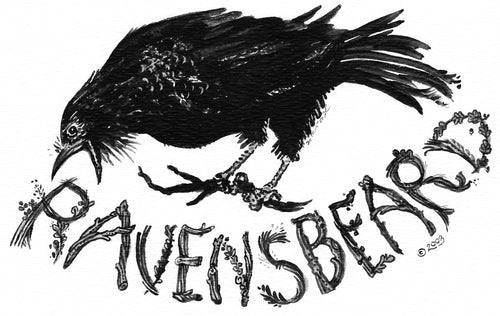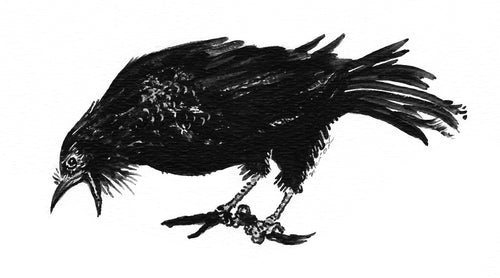We read or hear about the declining bird population and the primary reason being habitat loss. What can one do about the insatiable appetite of humans to raze untouched land. We sometimes feel powerless to halt a big issue like overdevelopment. Well, there may be something you can do and it might be well within your sphere of influence.
Doug Tallamy, a professor in the Department of Entomology and Wildlife Ecology at the University of Delaware has come up with realistic, doable solution and challenges us to rise to the occasion.
In 2016, Edward O. Wilson wrote a book called Half-Earth where he posited if we are going to save life anywhere on planet Earth, we need to save functioning ecosystems on at least half the planet. Unfortunately, half of terrestrial earth is already used for agriculture purposes. Current conservation efforts do not seem to be working nearly enough when we hear about insect apocalypse and losing 3 billion birds in North America since the ‘70s in the news. Only 5% of the lower 48 states is anything close to a pristine ecological state. We do have our national parks, but they are carved up and each remnant is too small and isolated.
That means conservation must be practiced outside of parks and preserves. 78% of US land is privately owned, and almost 86% of US east of the Mississippi is privately owned. The solution is to find ways for nature to thrive in human-dominated landscapes by changing the way of landscaping private property. Conservation then becomes restoring functioning ecosystems. On these properties, there is 44 million acres of lawn, which are essentially ecological deadscapes. If we shrink the lawn on these properties by half and restore the other half, we will have the opportunity to turn those 20 million acres into a functioning ecosystem. It turns out that area would be more than all the national parks combined. Tallamy calls the restored land collectively the Homegrown National Park.
How does one go about contributing to this effort? Tallamy is asking each property owner to look at their backyard, carve out space where lawn is present, and start removing invasive species and planting native plants – not just any natives, but keystone plants. 14% of keystone plants make 90% of caterpillar food. Plant choice matters because some keystone plants contribute more than others, in some cases, much more. One of the important contributors is oak, which supports 950 species of caterpillars nationwide.
Why native plants? Because there are specialized relationships between plants and the insects that feed on them, the most well-known being the association of monarch butterflies with milkweeds. Most plants do not want to be eaten and they produce chemicals to discourage it, but caterpillars of certain insects have adopted over time to be able to digest them. 90% of insects are host plant specialists. Similar specialization occurs in pollinators like bees, birds, bats, butterflies, and moths. We definitely need them to fertilize flowering plants, leading to the production of fruits, vegetables, nuts, and seeds that we eat. Without them, about 75% of the world's flowering plants and many food crops would not be able to reproduce, disrupting food supplies and natural environments.
As caterpillars start appearing on native plants, you will start seeing more birds because caterpillars are essential part of bird diets, especially for baby birds. If you see a chickadee in your backyard, know that they need 6,000 to 9,000 caterpillars to rear one clutch, and they typically forage no further than 160 feet from their nest.
The idea here is to place building blocks of the food web starting with native plants, that will lead to more insects, more birds, and eventually other animals, and to top things off, birds of prey. Tallamy half jokes that you will no longer have to go visit a national park. You can observe wildlife in the comfort of your own backyard.
To track progress and to encourage participation, Tallamy has created a map where you can submit the square footage and the native plants that you have planted on your property to be recognized as being part of the Homegrown National Park. A small sectioned off area in your front lawn can contribute, even in urban areas, and insects have an uncanny ability to locate their host plants. As these areas grow, it is also important to note that these areas provide linkages to allow insect and animal movement.

Tallamy experimented on the land he purchased in Oxford, Pennsylvania – an old farmland that was pretty much depleted, but he restored it plant by plant and chronicled the biodiversity increase, at first by measuring the number of moth species that was indicative of the health of the food web and then by observing all the other wildlife that showed up in stages on his land. Some things took more than two years, but other results were immediate.
For more information:
Homegrown National Park
Native Plant Finder
One of many Doug Tallamy presentations on YouTube
Doug Tallamy’s book – Nature’s Best Hope

